Black poplar: [Cultivation, Irrigation, Care, Pests and Diseases]
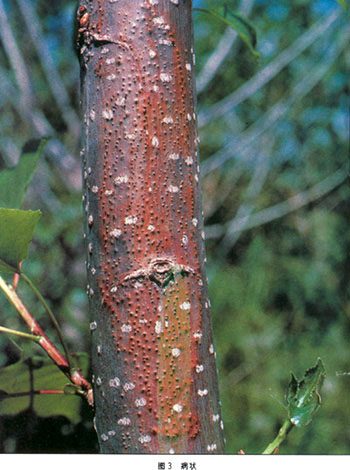
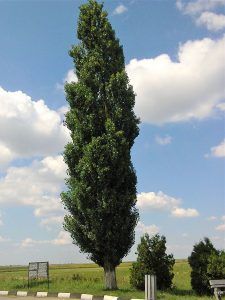 Populus nigra is one of the most important autochthonous species within central and Mediterranean Europe. It has spread from the British Isles to Kazakhstan and China, including large parts of the Near and Middle East.
Populus nigra is one of the most important autochthonous species within central and Mediterranean Europe. It has spread from the British Isles to Kazakhstan and China, including large parts of the Near and Middle East.
It has great ecosystem value. It is considered as a pure species in soil protection and reforestation of contaminated areas. Likewise, it has been recognized as an indicator species of the riparian forest and a refuge for endangered species.
It is frequently used as an ornamental tree. On the other hand, it is recognized for its light, soft and white wood, which is used in the production of construction material, carpentry, furniture, among other applications.
The black poplar was considered a sacred tree for the Celts. Similarly, it was a highly valued species for the Hidatsa Indians of North America.
Important points when sowing black poplar
- Scientific name: Populus nigra.
- Common name: Poplar, poplar, black poplar, elm.
- Height: 20 to 30 meters.
- Light requirement: Direct light.
- Temperature: Temperate and temperate-cold climate.
- Irrigation: High.
- Fertilizer: Organic fertilizer.
What characteristics does the black poplar have?
The poplar is a dioecious tree that has male and female specimens, which reach their reproductive stage between 10 and 15 years. Normally it measures 20 to 30 meters, but it can reach 40 meters in height and 2 meters in diameter.
This tree is made up of a straight trunk that later becomes slightly sinuous. Its ramifications are open and robust. In the case of the branches, these are flexible, shiny, greenish gray. The leaves of the black poplar are deciduous and simple.
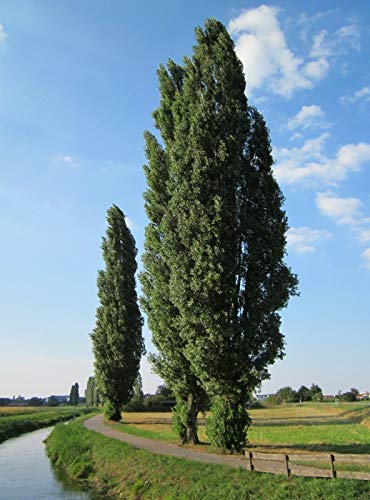
They measure between 5 and 8 centimeters long and have a rhomboid shape with serrated edges. During spring and summer they have a green color, but when they reach autumn they turn an intense yellow color. Poplar flowers are grouped in catkins. The female flowers have a pistil with two stigmas.
In the case of males, they have numerous red or black anther stamens. They bloom during the months of March and April. Its fruit is a green capsule that opens during the months of April to May. When they open, they release cottony seeds that spread with the help of the wind.
When to plant black poplar?
The black poplar is planted by cuttings from mid-autumn to the end of winter, during the vegetative rest. However, it is usually done during the month of March, after the last frost. In case of sowing by seed, it should be done during the spring.
Where to plant black poplar?
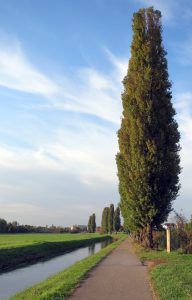 The so-called black poplar needs to be located in a large place, free from aerial installations and 12 meters away from buildings. This is because it has a very extensive and aggressive root system.
The so-called black poplar needs to be located in a large place, free from aerial installations and 12 meters away from buildings. This is because it has a very extensive and aggressive root system.
Likewise, it must be exposed to direct sunlight throughout the day since it does not tolerate shade. In fact, the black poplar is a species that does not tolerate competition with other species as it needs sunlight and water to develop.
On the other hand, although it has great plasticity, it is favored by temperate or temperate-cold climates. In fact, this tree is capable of withstanding low temperatures, even withstanding temperatures below -25ºC.
How to prepare the land?
Poplar is grown in almost any type of soil as long as it is moist, loose, with a neutral pH and deep, not less than 80 centimeters or 1 meter. It can also be planted in dry soil, but it will not grow as it normally does.

It is generally planted on flood plains or in areas where the water table is accessible to black poplar roots. The type of soil in these areas is usually sandy loam texture, soil and extremely humid or floodable.
Regarding the nutrient content, the black poplar needs organic matter to develop properly and have a good capacity to retain moisture. In this regard, any organic fertilizer can be applied, such as compost or manure.
How do we water the black poplar?
Water is necessary for the black poplar to develop optimally. Therefore, they must be watered throughout their vegetative growth period, from spring to late summer.
How often do we water the black poplar?
The frequency of irrigation will depend on the type of soil, the level of the water table, as well as the climatic conditions. However, it is suggested to carry out a deep irrigation once a week or every 15 days and adapt it to local conditions.
How to plant a black poplar step by step?
Like other species of its family, the black poplar is easily propagated from cuttings or stakes, although it can also be sown from seed. Below are instructions for both methods.
by seeds
- After harvesting the seeds, place them in a container with previously moistened universal substrate and cover them with a thin layer of substrate.
- Water abundantly and place the container outside, in full sun.
- Maintain constant humidity until seedlings have appeared.
- Transplant when a couple of true leaves have sprouted, late the following spring.
by cutting
- From the branch of a mature tree, cut a section 20 and 35 centimeters long and 2 centimeters thick. It must have at least two yolks.
- Take the base and impregnate it with rooting hormones.
- Dig a hole in the ground, or in a pot with previously moist universal substrate, and bury the base of the cutting, leaving the space of the two buds on the surface.
- Wait a month until the roots have sprouted and continue applying frequent watering.
What care does the black poplar need?
The poplar is not a tree that needs special care. However, one of the most important care is the elimination of weeds throughout the first year of growth.
What pests and diseases affect the black poplar?
Among the most significant diseases are those caused by bacterial canker of poplar, spring defoliation, marssonina, as well as toya of poplar.
In the case of pests, the attack of the poplar-piercing weevil, poplar woolly aphid, poplar-piercing caterpillar, among others, has been recorded.

How long does the black poplar live?
The black poplar is a species of certain longevity that has an average lifespan of 100 years.
How long does it take to grow black poplar?
It is relatively slow growing, so it will take 15 years for it to reach adulthood.
How long does it take to produce fruit?
It takes an average of 10 years, all depending on the characteristics of the space in which it is planted.
Can it be grown in a pot?
Yes it can be grown in a pot, but it will not grow as big. It is also possible to work as bonsai.
In general, it is better to have it in an open space so that it develops its full potential.
How many times does the black poplar produce fruit?
It is capable of generating an abundant production per year and some other smaller ones if it has the ideal conditions.
Should black poplar be pollinated to obtain fruit?
The pollination of this species is achieved thanks to the action of the wind.
How cold can black poplar tolerate?
It is resistant to cold, but not to frost. A temperature below -1° C could be lethal.
How many black poplars can be planted per hectare?
The dimensions of the tree allow up to 400 specimens to be planted in one hectare of land.
What type of fertilizer does black poplar need?
The fertilization must be carried out with organic matter, however this process is not essential for its good health in land that is fertile.
How much heat and/or drought can black poplar tolerate?
It is a species that gets along very well with hot climates, even withstanding temperatures close to 40° C.
Its root system is very deep and spreads, making it perfectly able to tolerate drought.
References
- https://www.google.com/url?sa=t&rct=j&q=&esrc=s&source=web&cd=&cad=rja&uact=8&ved=2ahUKEwjtiYrLtejvAhVHKa0KHVdWABgQFjAAegQIBBAD&url=https%3A%2F%2Fdialnet.unirioja.es%2Fdescarga%2Farticulo%2F4.297900 pdf&usg=AOvVaw0NktPwHpcwdiZ9P2_c_INf
- http://www.redforesta.com/blog/2011/04/11/populus-nigra-black-poplar-europeo/
- https://elmedinaturaldelbages.cat/es/species/black-poplar-alamo-populus-nigra-es/
- https://www.sinavimo.gob.ar/cultivo/populus-nigra
- http://xiloca.org/data/Bases%20datos/Patolvidado/6252.pdf
- https://inta.gob.ar/sites/default/files/script-tmp-manual_salix.pdf

![Photo of Prune Citrus: [Importance, Season, Tools, Considerations and Steps]](https://www.complete-gardening.com/wp-content/uploads/2022/08/prune-citrus-importance-season-tools-considerations-and-steps-390x220.jpg)
![Photo of Basil Cuttings: [Concept, Season, Rooting and Planting]](https://www.complete-gardening.com/wp-content/uploads/2022/08/basil-cuttings-concept-season-rooting-and-planting-390x220.jpg)
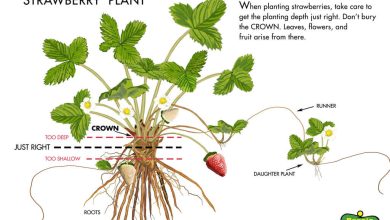
![Photo of Transplanting a Tree: [Reasons, Conditions and Ideal Time]](https://www.complete-gardening.com/wp-content/uploads/2022/08/transplanting-a-tree-reasons-conditions-and-ideal-time-390x220.jpg)